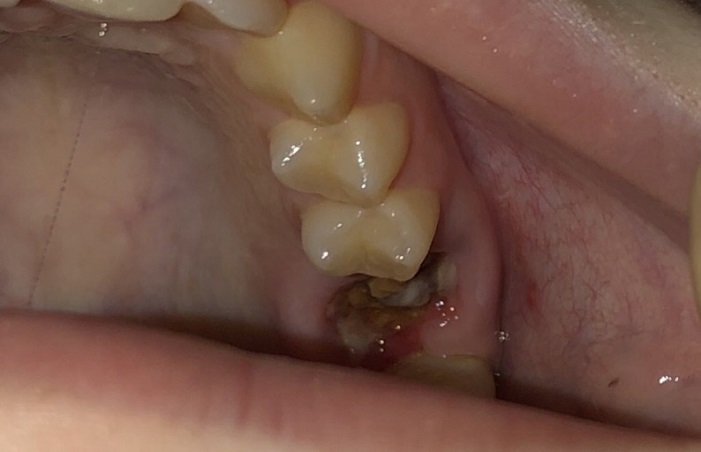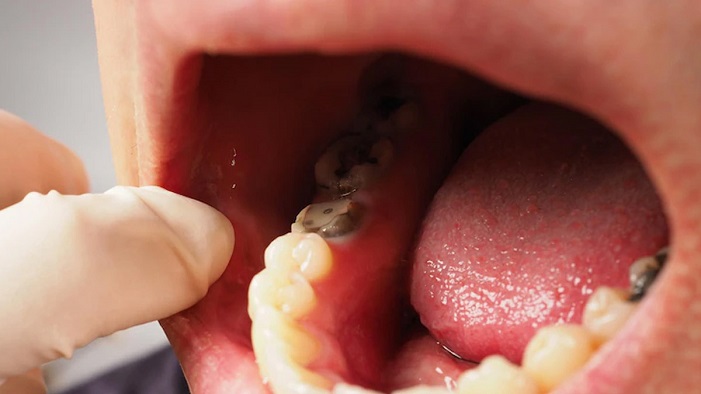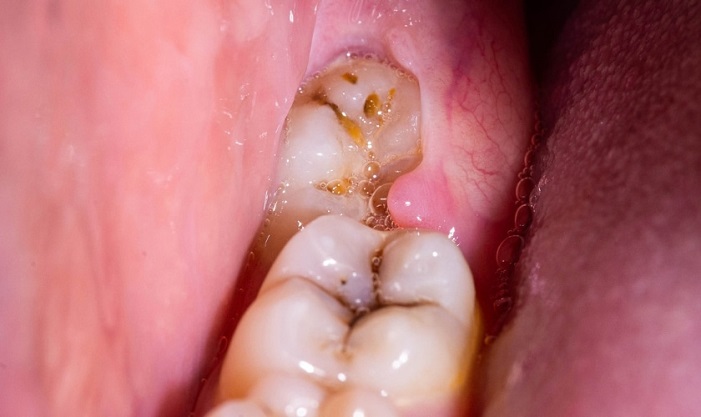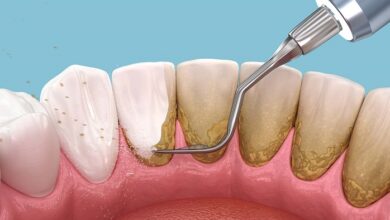Pictures of Dry Socket vs Normal Healing: What to Look For

If you’ve recently had a tooth extraction, you’re likely paying close attention to how the healing process is going. I’ve been there, and I know how nerve-wracking it can be to wonder if everything is healing as it should or if something might be wrong. One of the common concerns after a tooth extraction is a condition called dry socket. To help you understand the difference, I’ll explain what dry socket is, how it looks compared to normal healing, and what steps to take if you suspect it.

Dry Socket?
Dry socket, also called alveolar osteitis, is a painful condition that can happen after a tooth extraction. Normally, after a tooth is removed, a blood clot forms in the empty socket to protect the underlying bone and nerves. This clot is essential for proper healing.
In cases of dry socket, the blood clot either dissolves too early or doesn’t form properly. This leaves the bone and nerves exposed, leading to pain and delayed healing. While not everyone gets dry socket, it’s more common after removing wisdom teeth.


How Does Normal Healing Look?
During normal healing, you’ll see gradual changes in the extraction site. Here’s what you can typically expect:
1. First 24 Hours:
- A dark red blood clot will fill the socket.
- The area may look swollen, and you might notice some light bleeding.
2. 1-3 Days After:
- The clot should remain in place and may look darker or even black.
- Swelling and pain should start to decrease.
3. 4-7 Days After:
- New tissue begins to form over the clot, and the site may look white or yellow due to the healing tissue.
- Pain should be minimal by this point.
4. After One Week:
- The socket will look smaller as the gum tissue closes over it.
- There might still be a slight indentation where the tooth was removed, but it should be pain-free.
What Does Dry Socket Look Like?
Dry socket looks noticeably different from normal healing. If you have dry socket, here are the signs you might see:
1. Absence of a Blood Clot:
- Instead of a dark clot in the socket, you may see an empty hole.
- The underlying bone might be visible, which often looks white.
2. Redness and Swelling:
- The surrounding gum tissue may appear red and inflamed.
3. Discharge or Foul Smell:
- In some cases, dry socket can cause a bad odor or taste in your mouth.
4. Pain That Worsens:
- Unlike normal healing, the pain from dry socket doesn’t improve over time. It may radiate to your ear, jaw, or head.
Comparing Pictures: Dry Socket vs Normal Healing
Normal Healing:
- A dark blood clot covering the socket.
- No exposed bone.
- Surrounding gums may look slightly swollen but not overly red.
Dry Socket:
- An empty socket with exposed white bone.
- Red and inflamed gums around the extraction site.
- Lack of a blood clot or any tissue covering the area.
While pictures can help give you an idea, remember that everyone’s healing process looks slightly different. If you’re unsure, it’s always better to consult your dentist or oral surgeon.
What to Do If You Suspect Dry Socket
If you think you have dry socket, don’t panic. Here are the steps you should take:
- Contact Your Dentist:
- They can confirm if it’s dry socket and provide treatment.
- Avoid Smoking and Straws:
- Suction can dislodge any remaining clot or worsen the condition.
- Use Saltwater Rinses:
- Gently rinse with warm saltwater to keep the area clean.
- Pain Management:
- Over-the-counter pain relievers like ibuprofen can help reduce discomfort until you see your dentist.
- Follow Professional Treatment:
- Your dentist may clean the socket and apply a medicated dressing to promote healing and reduce pain.
How to Prevent Dry Socket
Preventing dry socket is always better than treating it. Based on my experience, here are some tips to lower your risk:
- Follow Post-Op Instructions:
- Your dentist will provide guidelines. Stick to them closely.
- Eat Soft Foods:
- Avoid crunchy or hard foods that might disturb the healing area.
- Don’t Smoke or Use Straws:
- These actions create suction, which can dislodge the clot.
- Practice Good Oral Hygiene:
- Gently brush your teeth, but avoid the extraction site. Read More





